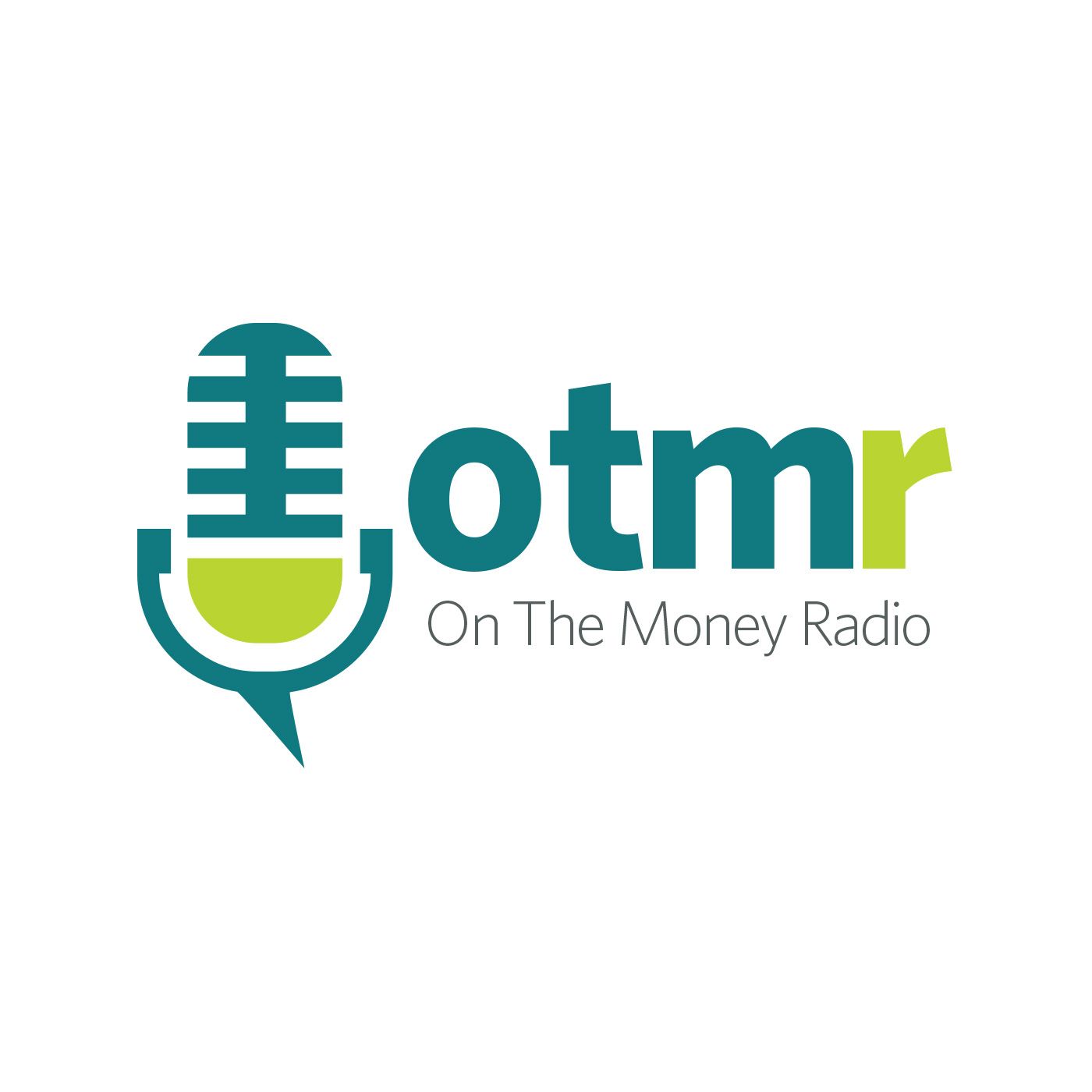7 Common Myths When Buying a Home

b'Over the past few years, there have been quite a few changes in the mortgage qualification process for those buying a home \\u2013 with the aim of protecting consumers from the kind of housing crisis and meltdown we witnessed in 2007 when the mortgage industry collapsed, home prices tanked, foreclosures were rampant\\u2026 and led to a global recession in 2008.
everyone interested in buying a home should be aware of recent regulatory changes, and also not fall prey to common myths about home buying
So, I think everyone contemplating a housing transaction \\u2013 as a buyer or seller \\u2013 should be aware of recent regulatory changes. I also want to address common myths about home buying that were nicely covered in a recent article by Caroline Banton in GoBankingRates.com.
Now, I\\u2019m sure most of you remember the madness in the housing sector: rash mortgage lending standards, zero down payments even to people with bad credit, aggressive sales tactics that got people into buying a home they really could not afford \\u2013 on the false pretext that housing prices will only continue to rise over time, etc. That, of course, led to low \\u2018credit quality\\u2019 mortgages (sub-prime mortgages as they were called) being repackaged by Wall Street and sold off with excellent credit ratings, and everything famously collapsed like a house of cards.
Then, federal regulators initially tightened lending standards to prevent such future defaults and foreclosures. The new standards used stricter assessments to determine whether prospective buyers had the ability to repay their mortgages when buying a home.
Okay \\u2013 with that background, let me walk you through the changes and bust some widely held perceptions about home buying.
Myth No. 1: A Big Down Payment Is Required
In January 2014, regulators eased up on those tight lending standards after real estate groups and consumer advocates claimed that millions of Americans would not be able to qualify for housing loans. They argued that people with good steady jobs had simply seen their savings disappear through the 2008 crisis, and good quality buyers just could not afford to make a 20% down payment, as the tighter regulations required.
As a result, the proposed 20 percent down payment rule was dropped. Banks now are only required to document that a borrower has the means necessary to afford a mortgage as long as it does not exceed a certain threshold of debt.
Now, banks typically require between 5 percent and 20 percent of a home\\u2019s purchase price as down payment \\u2013 so there\\u2019s more flexibility and people with good credit can get away with putting down as little as 5% though lenders typically require private mortgage insurance (or PMI) for down payments under 20 percent \\u2013 to protect the lender should you default on the mortgage.
PMI typically costs between .05 percent and 1 percent of the loan amount annually. So PMI of 1 percent on a $100,000 mortgage, for example, would cost $1,000 a year or about $83 a month.
So, believe it or not, most prospective home buyers are still under the false impression that a 20 percent down payment is required \\u2013 it\\u2019s probably the most common misconception lenders encounter.
Additionally, loans from the Federal Housing Administration require a down payment of just 3.5 percent of the home\\u2019s purchase price. And loans from the Department of Veterans Affairs and the U.S. Department of Agriculture require no down payment for eligible buyers \\u2013 so make sure you see how low you can go.
National, state and county programs also offer grants to home buyers \\u2013 ain\\u2019t that nice \\u2013 provided you meet specific guidelines such as completing a home buying class before obtaining the grant \\u2013 not too painful, considering what you get in return \\u2013 I\\u2019ll take it if I can!
Myth No. 2: I Need Perfect Credit
Your FICO credit score, which is a measure of your credit worthiness, can range from 350 to 850.'